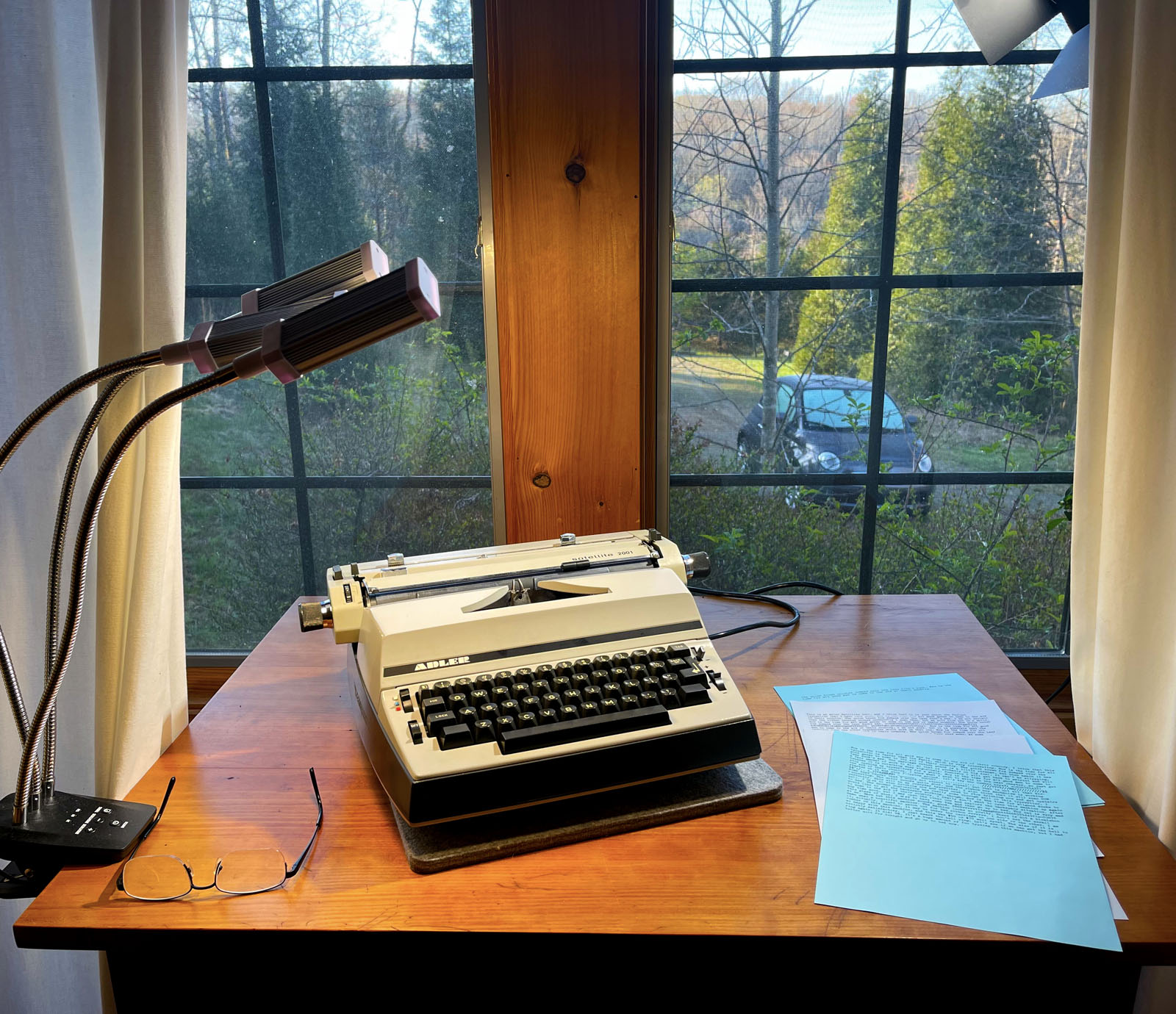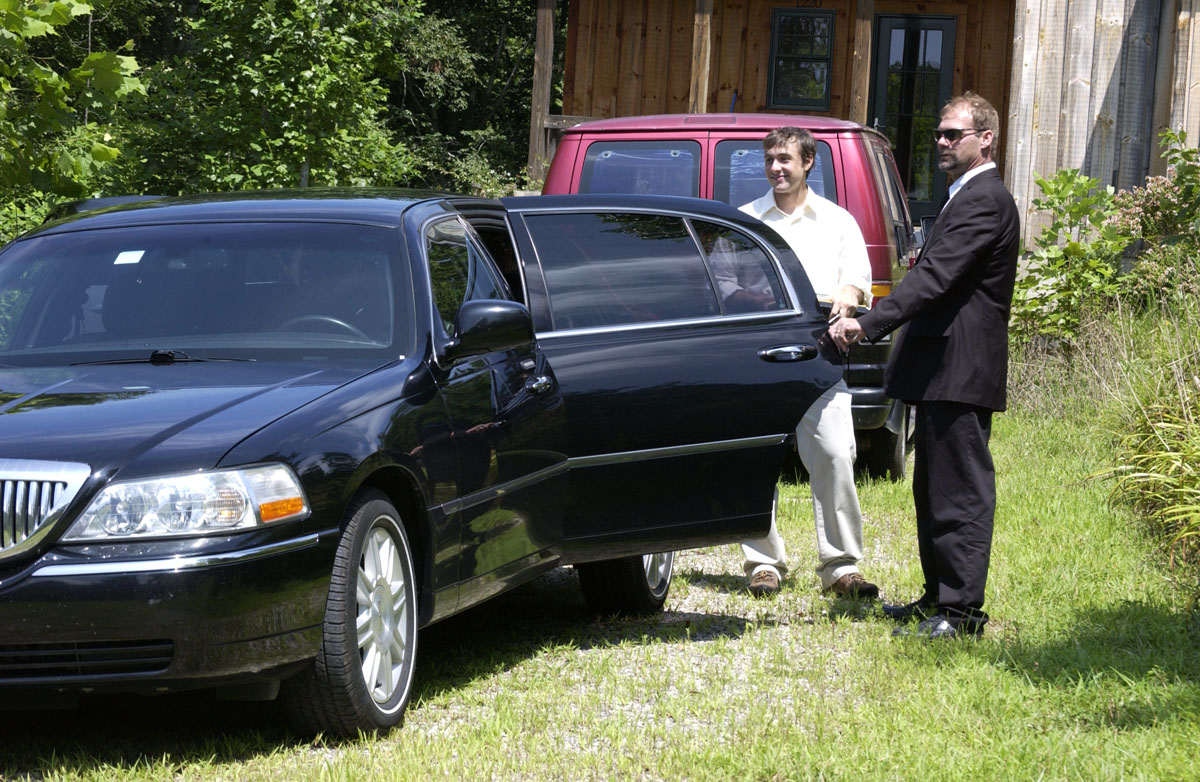
From its beginning, the whole idea of Twitter seemed ridiculous to me. How could 140 characters possibly convey anything useful or meaningful? Surely the contemporary attention span can handle at least 190 characters! And (glory be!) now we’re up to a breathtaking 280 characters, doubling the speed at which world peace, universal understanding, and techno-utopia can be attained.
And yet Twitter took off. I have a friend (to be a little more honest, a former friend) who insists that there is no source of news better than a “well curated” Twitter feed. He was not sparing in his disdain — I would even say sneering disdain — for the fact that I still read newspapers. I was horrified when, around 2015 or so, Paul Krugman stopped blogging and moved to Twitter. (Krugman still writes his twice-weekly column in the New York Times.) It is frequently said that Twitter killed blogging almost overnight and that blogging “is so 2010.”
But what do I know, given that I’m so 2010? People flocked to Twitter and its 140 characters. Even those of us who were left behind in 2010 had to figure out what “#” and “@” meant. According to Omnicore, whoever that is, Twitter today has 217 million “monetizable” daily active users. And yet, back in 2020, a study by Carnegie Mellon University estimated that 45 percent of the tweets about the Covid virus came from bots. Many of the real people who had flocked to Twitter couldn’t tell the difference (or didn’t care), which says a lot about the real people who flocked to Twitter. By the American election of 2016, Twitter had become a creepy pit of disinformation and manipulation. There were Trump bots by the gazillions, no doubt. And there was “the real Donald Trump,” so’s we could distinguish his disinformation from that of the bots.
The word “monetizable” gives me the creeps. I first heard that word back in 2001 or so, when consultants, who seemed to me like some kind of zombies, were let loose on the staff of the San Francisco Chronicle to “monetize” the Chronicle’s “content.” I started making plans for early retirement. But it wasn’t just the monetization that made Twitter so creepy. It was partly the mere look of it on the screen, a dreadful looking typographical stew of babble, incomprehensible abbreviation, smart-alec remarks, and giphies, in which the giphies compete on juvenile silliness. Twitter’s culture is as unattractive as its typography. Even if 3.6 percent of Twitter was news, who’d be able to find it? And because 280 characters was not enough to express the full complexity of some of the thinking to be found on Twitter, the Tweetstorm was invented, quadrupling, quintupling, and even octupling the speed at which world peace, universal understanding, and techno-utopia can be attained.
This morning the Washington Post reports that Twitter’s employees (most of whom are in San Francisco) are in a state of panic and rage that Elon Musk has bought into Twitter and will now be on Twitter’s board. After all, would Musk have bought into Twitter if he hadn’t intended to use it for his own purposes? Clearly, Twitter employees think about as highly of Musk as I do. We’re probably about to witness a grand demonstration of the fruits of Musk’s libertarian philosophy colliding with social media, with a flaming crash like a self-driven Tesla. Right-wingers such as Hugh Hewitt (in the Washington Post) believe that Twitter is a “‘woke’ echo chamber” and that more right-wing and libertarian “diversity of opinion” is just the thing to fix it.
As I see, the reasons for not being on Twitter just quadrupled, and maybe even octupled.













